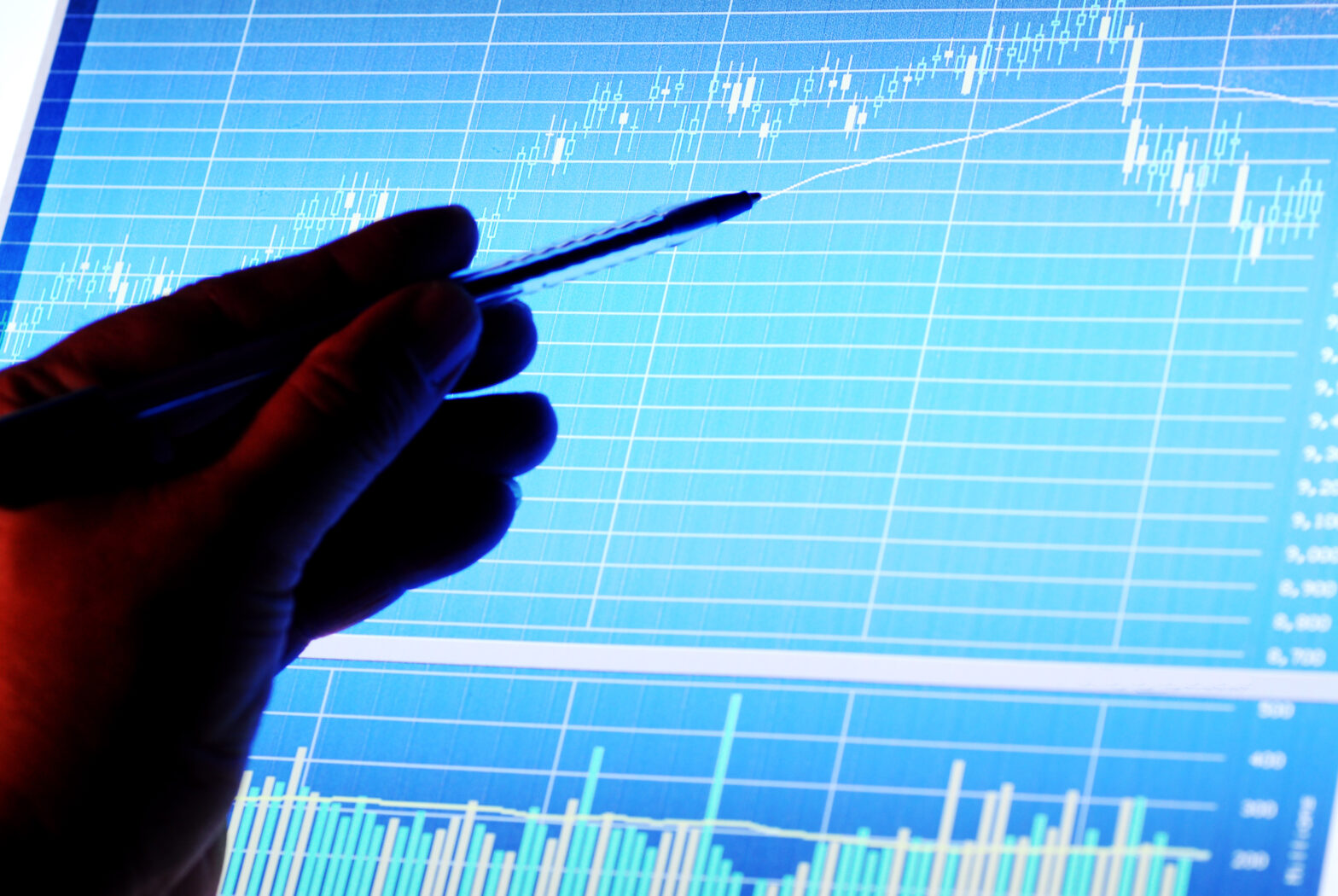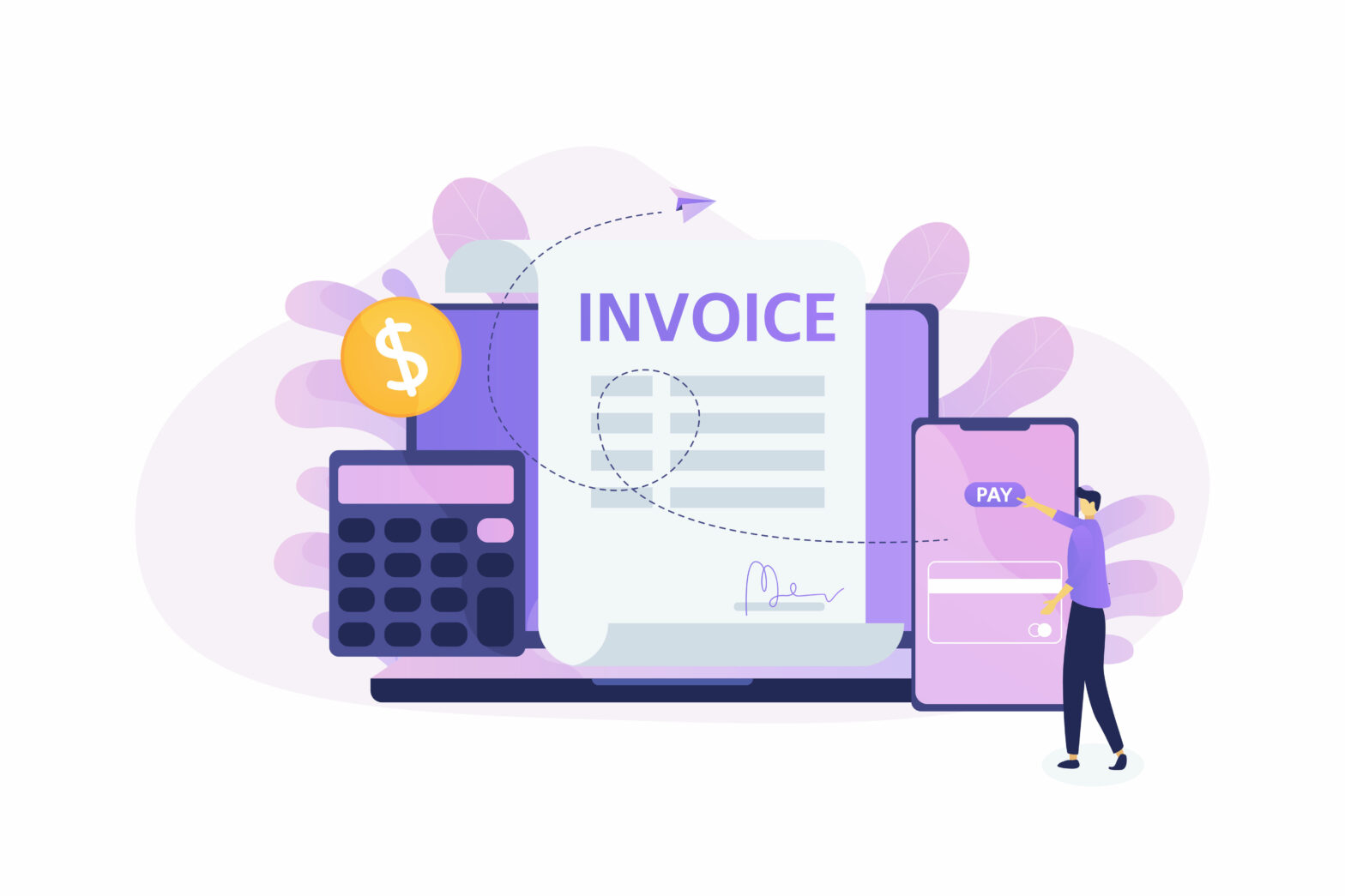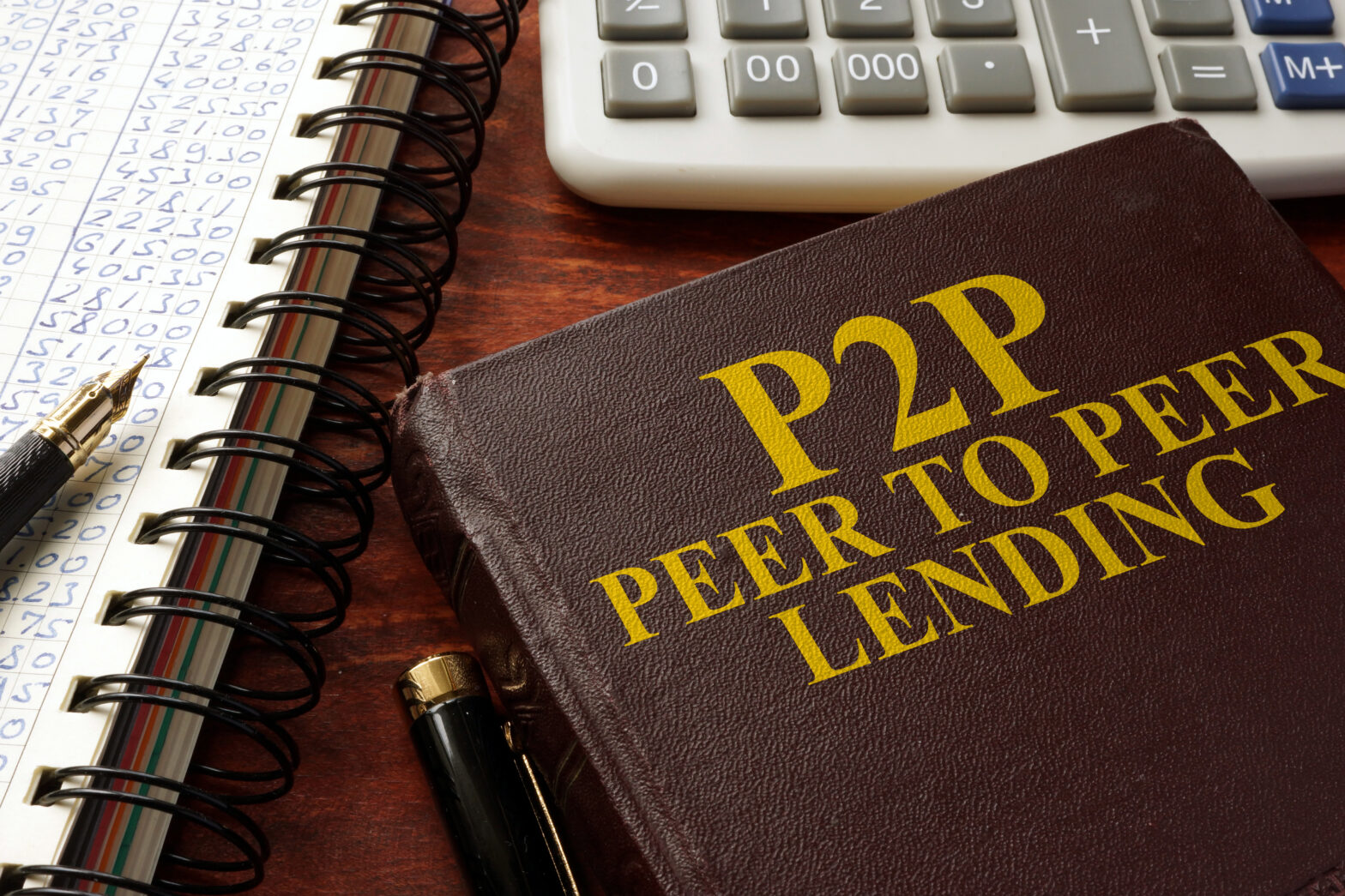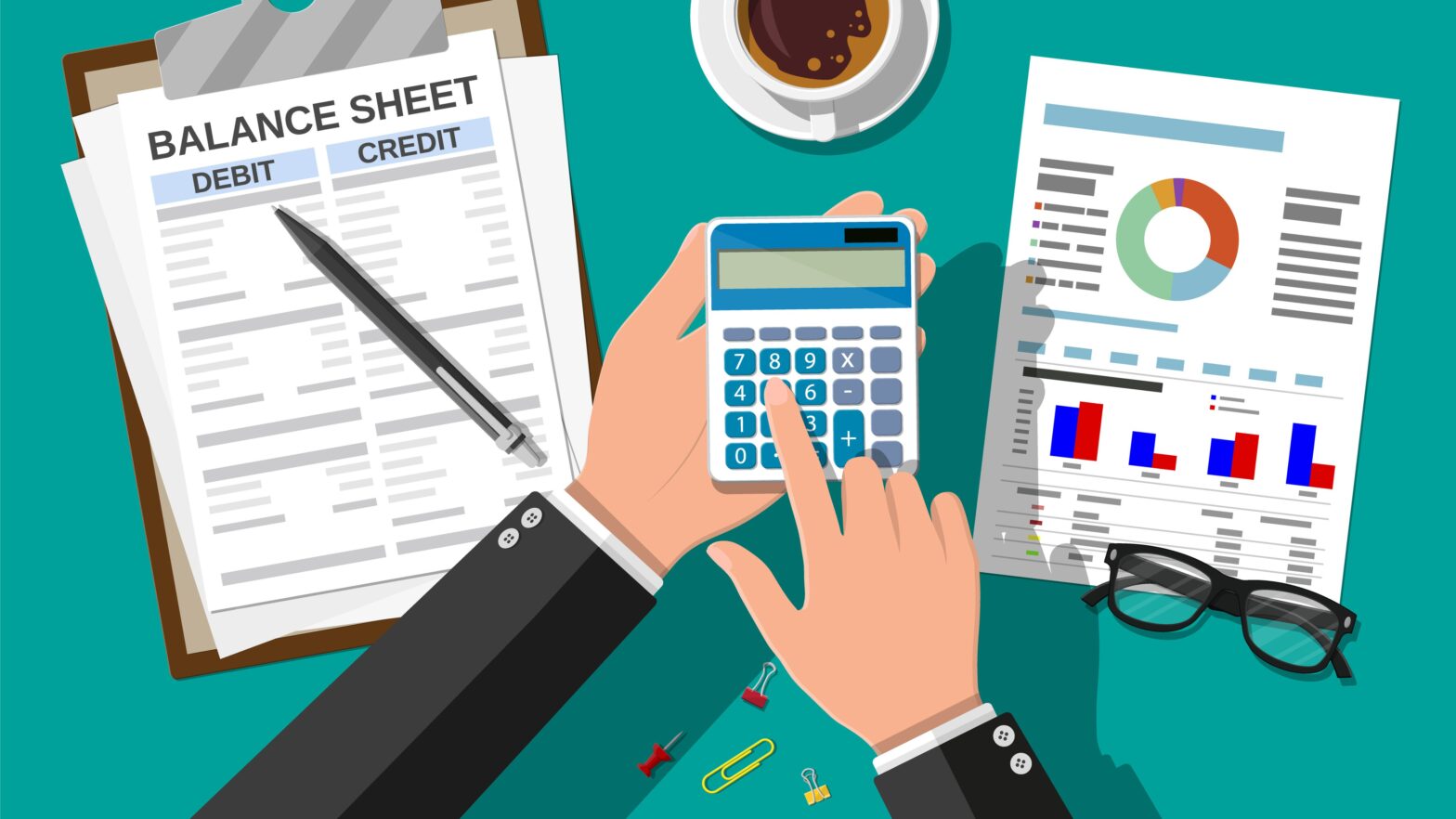While it’s a fact that many traders are aware of, many traders ignore or put less emphasis on and end up losing their hard earned capital. In this article, we will discuss some money management tips that if followed will not only yield great success but give you consistent results in the future. Of course, money management alone will not make you successful, but applying it along with other skills will go a long way in contributing to your success.
Identify your risk per trade
Risk per trade refers to the amount of your capital you can afford to lose at any one given time. This tool ensures that you stay long enough in the market and achieve profitability. Am very sure you have heard of the 2% rule, that you should not risk more than 2% of your forex trading demo account at any given time.
As a rule of thumb, that is good advice at least it keeps a trader out of trouble. The problem with the 2% rule is low profitability. You must risk a substantial amount to be profitable, on the other hand, risk too much and you blow your account.
Great traders will always try to strike a balance. The risk per trade should be a dollar amount that a trader would comfortably afford to lose without adversely affecting his trade or personal life. With the risk per trade, you can come up with an appropriate position size that will observe your risk per trade.
Reward-to-risk Ratio
When we speak of risk-to-reward ratio, we are merely trying to compare the expected returns and the risk taken to obtain the returns. In this article, we shall be discussing how we can make use of this tool to foresee the potential risk/reward and in the long-term remain profitable. I will demonstrate this concept using price action, but you can apply the idea to any other trading method.
When you spot a nice set-up such as a pin-bar for my case. First, establish the risk and then calculate the expected returns. Always begin by identifying the risk and then returns, not the other way round.





